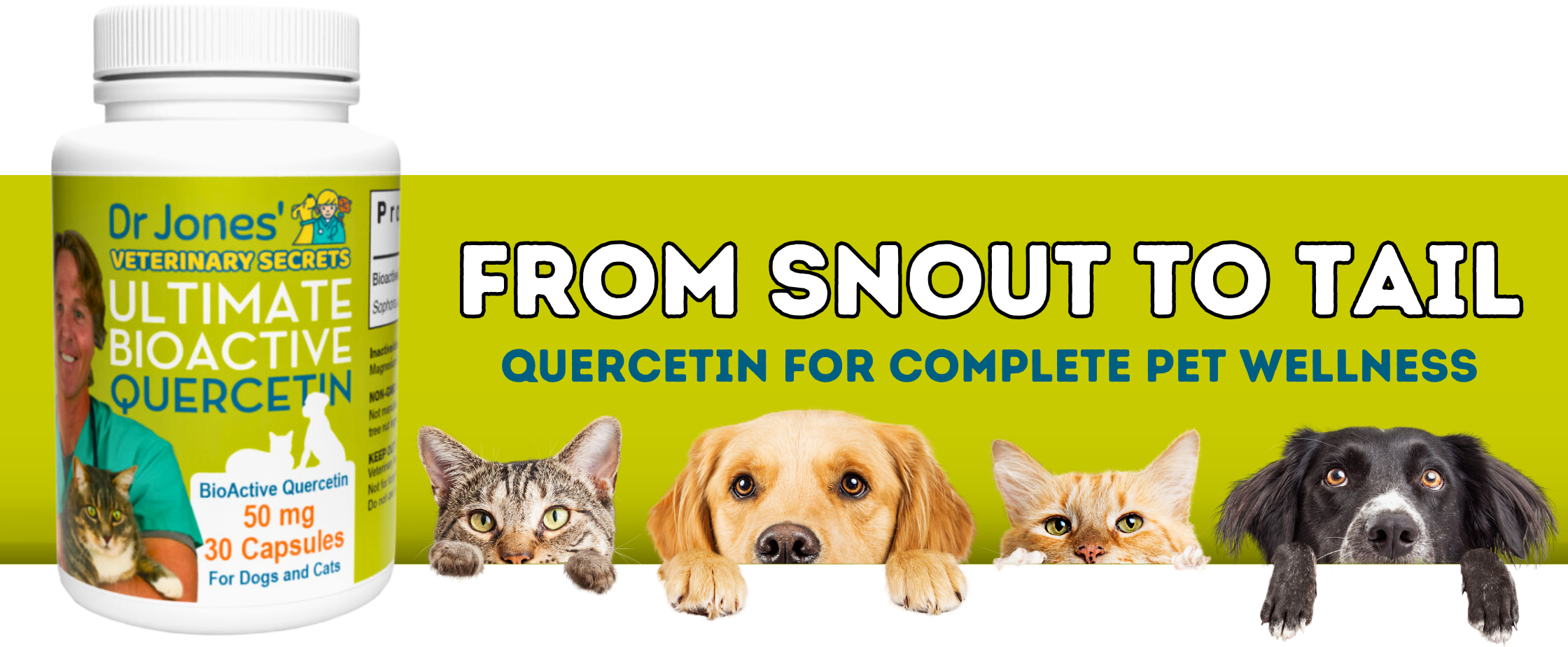Top 5 Ways to Treat Your Dog’s Hives Now
If your dog suddenly has swelling around the muzzle or eyes, or if you notice swollen, red bumps in their groin or abdomen, your dog likely has hives. In this blog post, I’ll share my top seven home remedies for treating hives in dogs. If you’re interested in natural pet health and wellness, you’ve come to the right place. Don’t forget to click the link to subscribe to Veterinary Secrets for more insights!
Recognizing Symptoms of Hives in Dogs
Hives in dogs are an acute allergic reaction. This reaction occurs when cells within the skin, known as mast cells, release histamine suddenly. This release causes the blood vessels to dilate, leading to acute swelling around the muzzle and eyes, where you might see red, raised lumps.
Possible Causes of Hives
The triggers for hives can vary, ranging from a recent vaccine, changes in your dog’s food, or even an allergy to outdoor elements like grass or pollens. From my experience in veterinary practice, identifying the specific cause of hives can be challenging, but most cases respond well to symptomatic treatment and often do not recur.
Home Remedies for Treating Hives in Dogs
-
Baking Soda Compress: Mix one tablespoon of baking soda with just enough lukewarm water to form a paste. Baking soda acts as a topical anti-inflammatory and can soothe the swollen areas. Apply this paste to the affected skin four times a day.
-
Topical Over-the-Counter Anti-inflammatory Creams: Options include 1% hydrocortisone cream and 1% diphenhydramine (Benadryl) cream. Apply a loose covering over the cream and treat the area four times daily for 3 to 5 days.
-
Natural Topical Anti-inflammatory Cream: Create a mixture using one tablespoon of coconut oil, one tablespoon of aloe vera gel, and two droppers full of licorice root extract. This blend harnesses the anti-inflammatory and antibacterial properties of these ingredients and can be applied twice daily for 5 to 7 days.
-
Over-the-Counter Antihistamines: For immediate relief, consider using Benadryl (diphenhydramine) at a dosage of 1 mg per pound of body weight, given twice daily. For a non-drowsy option, cetirizine (Zyrtec in the US, Reactine in Canada) can be effective, often requiring only a day’s treatment.
-
Licorice Root Extract: This natural corticosteroid alternative has anti-inflammatory properties. Administer half a milliliter per 20 pounds of body weight twice daily.
-
Nettle Leaf: This herbal antihistamine can be administered as a tea. Steep one tea bag in a cup of hot water for about 20 minutes, then give about a quarter cup per 10 pounds of body weight twice daily. Nettle leaf can also be used as a powder, with one teaspoon per 25 pounds of body weight.
-
Quercetin: This flavonoid, found in high concentrations in apple peels and red onions, acts as an anti-inflammatory and antihistamine. The standard dosage for our bioactive Quercetin product is 50 mg per 15 pounds of body weight daily.

When to Use These Remedies
For localized hives, consider starting with topical treatments such as the baking soda compress, topical cortisone, or the aloe vera cream. If your dog shows more generalized symptoms, it’s essential to begin treatment with oral remedies like Benadryl, cetirizine, or licorice root extract.
Thank you for tuning into this edition of Veterinary Secrets. If your dog is experiencing hives, I hope these remedies provide relief. Don’t forget to subscribe and hit the bell for notifications. For more detailed guidance and tips, click the link below to receive a free copy of my book on pet health.

